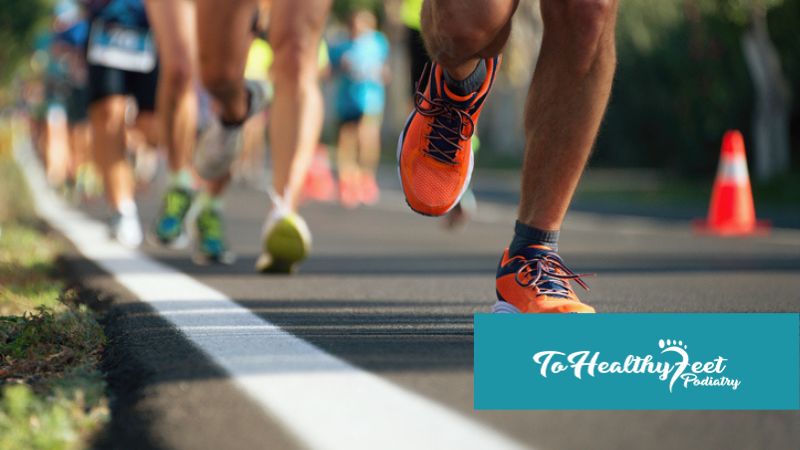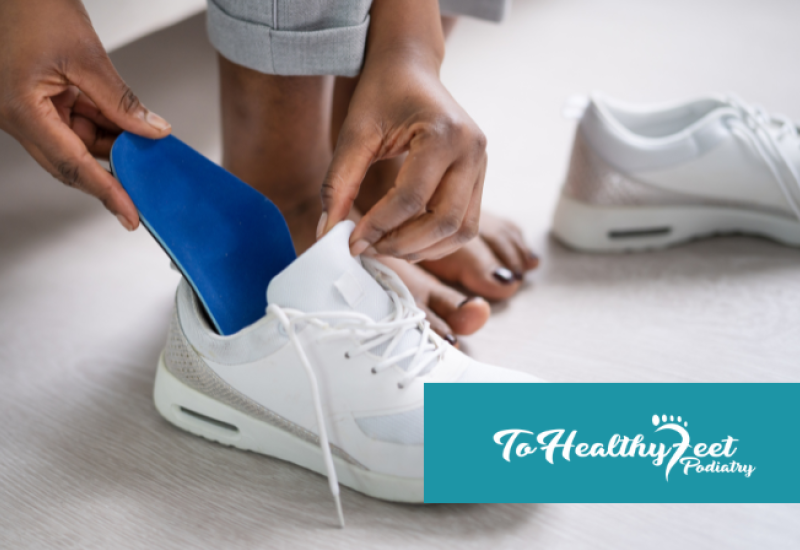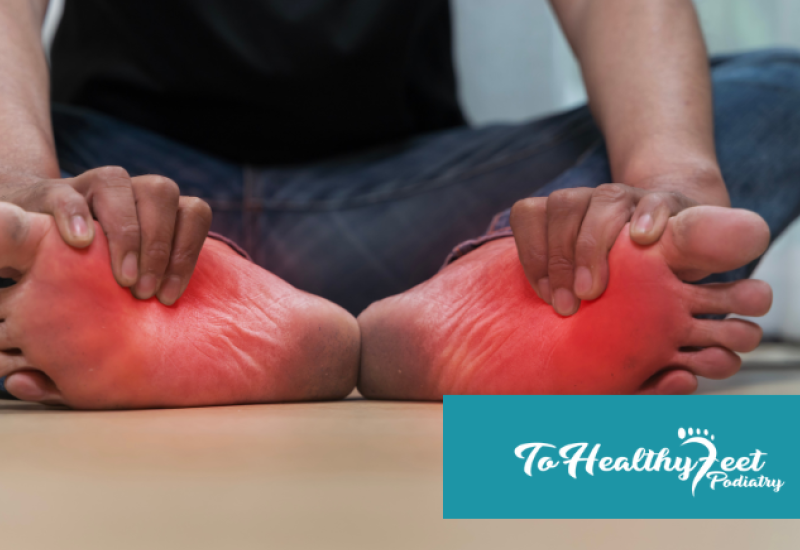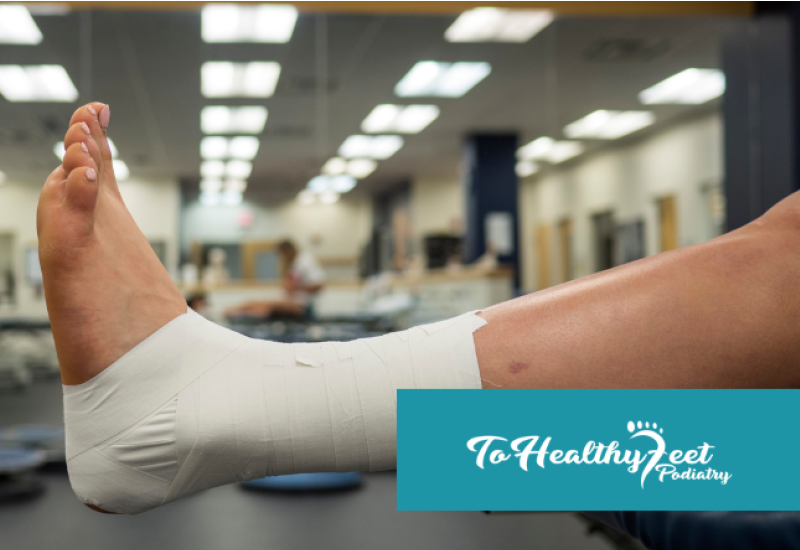Foot Care For Runners
- Invest in the right pair of shoes
The most important aspect of foot care for marathon runners is investing in a good pair of running shoes. Look for shoes that provide ample support, cushioning, and stability. When shopping for shoes, try them on and walk around the store to get a feel for how they fit. Make sure there is enough room for your toes to move freely, and that the shoes are snug but not too tight. - Wear moisture-wicking socks
Moisture-wicking socks are designed to keep your feet dry and prevent blisters. These socks are made from synthetic fibers that wick away sweat and moisture from your skin, which helps to prevent friction and irritation. Avoid wearing cotton socks, as they tend to retain moisture and can lead to blisters and other foot problems. - Keep your feet clean and dry
Before and after your runs, make sure to clean your feet thoroughly with soap and water. Dry your feet completely, paying special attention to the areas between your toes. Moisture can lead to blisters and fungal infections, so it's important to keep your feet as dry as possible. - Use foot powder
Foot powder can help to absorb moisture and prevent blisters. Apply foot powder to your feet before you put on your socks and shoes, focusing on the areas where you tend to develop blisters or hot spots. Look for foot powders that contain talc or cornstarch, as these ingredients are effective at absorbing moisture. - Stretch your feet and toes
Stretching your feet and toes before and after your runs can help to prevent foot injuries. Try to do a few simple stretches, such as flexing and pointing your toes or rolling a tennis ball under your foot. These stretches can help to increase circulation and reduce the risk of cramps and other foot problems. - Schedule regular foot massages
Foot massages can help to improve circulation and reduce muscle tension in your feet. Consider scheduling regular foot massages with a professional massage therapist or invest in a foot massager that you can use at home. Massaging your feet can also help to improve your overall running performance by reducing muscle fatigue and soreness. - Consider custom orthotics
Custom orthotics help support and align your foot, prevent and correct foot deformities, and for competitive runners, prevent injury and boost performance. - Listen to your feet
If you experience pain or discomfort in your feet, it's important to listen to your body and take a break. Running through the pain can lead to more serious injuries, so it's better to take a few days off to rest and recover. If your foot pain persists, consult your podiatrist for diagnosis and a treatment plan.
Custom Orthotics In NYC
Foot care is an essential aspect of marathon running. By investing in the right shoes, wearing moisture-wicking socks, keeping your feet clean and dry, using foot powder, stretching your feet and toes, scheduling regular foot massages, considering custom orthotics, and listening to your feet, you can prevent foot injuries and keep your feet healthy and happy.
The team of foot doctors at To Healthy Feet in Manhattan can expertly assess all types of foot pain and discomfort and develop a personalized treatment strategy based on the severity of your symptoms, your lifestyle, and your goals for treatment. We provide accurate diagnosis and comprehensive foot and ankle care and have the tools and technologies necessary to provide a variety of tailored treatment approaches including custom orthotics, regenerative medicine, conservative interventions, and even minimally invasive surgery (when needed) at each of our Manhattan Podiatry Clinics. If you are experiencing pain due to an ingrown toenail or any other foot or ankle condition pain, call To Healthy Feet Podiatry at 1-917-398-3668 or fill out the contact form to book your appointment at our Upper East Side, Times Square, Midtown Grand Central, or Downtown Manhattan locations today.
FAQ
Q: How can I determine the right running shoe for my feet?
A: Choosing the right running shoe is crucial for foot health, but it can be overwhelming with so many options on the market. It's best to have your feet measured by a professional at a running store to determine your foot type and arch. From there, the salesperson can recommend shoes that provide the appropriate support and cushioning for your feet. It's also important to try on different shoes and walk around the store to make sure they fit comfortably and securely.
Q: Can foot injuries be prevented entirely, even with proper foot care?
A: While proper foot care can greatly reduce the risk of foot injuries, it is not always possible to prevent them entirely. Some injuries may occur due to factors outside of a runner's control, such as uneven terrain or sudden changes in weather. However, by incorporating foot care practices into your routine, you can minimize the likelihood of injuries and catch them early on before they worsen.
Q: How often should I replace my running shoes?
A: Running shoes lose their cushioning and support over time, which can lead to foot injuries. As a general rule of thumb, running shoes should be replaced every 300 to 500 miles or every 6 months, whichever comes first. However, this timeline can vary depending on factors such as a runner's weight, foot type, and running surface. It's important to pay attention to any signs of wear and tear in your shoes, such as worn-out treads or flattened insoles, and replace them as needed to maintain proper foot health.




